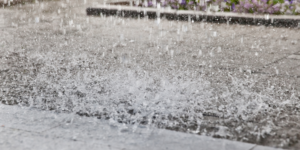
The Governor Gavin Newsom The state has activated the State Operations Center to coordinate a statewide response ahead of the first round of incoming storms that are expected to bring significant impacts across the state, and has also urged residents to prepare.
Beginning Tuesday night, a series of storms will sweep across the state over the next 10 days and are expected to bring significant rainfall, strong winds, deep snow, as well as possible flash flooding and power outages.
The State Operations Center in Mather is being activated to coordinate a unified response to these storms among state, local and federal agencies.
Newsom also ordered the California Governor's Office of Emergency Services (Cal OES) to lead an early, proactive effort to pre-position state personnel and equipment to communities most at risk of damage before the worst of the storms arrive.
